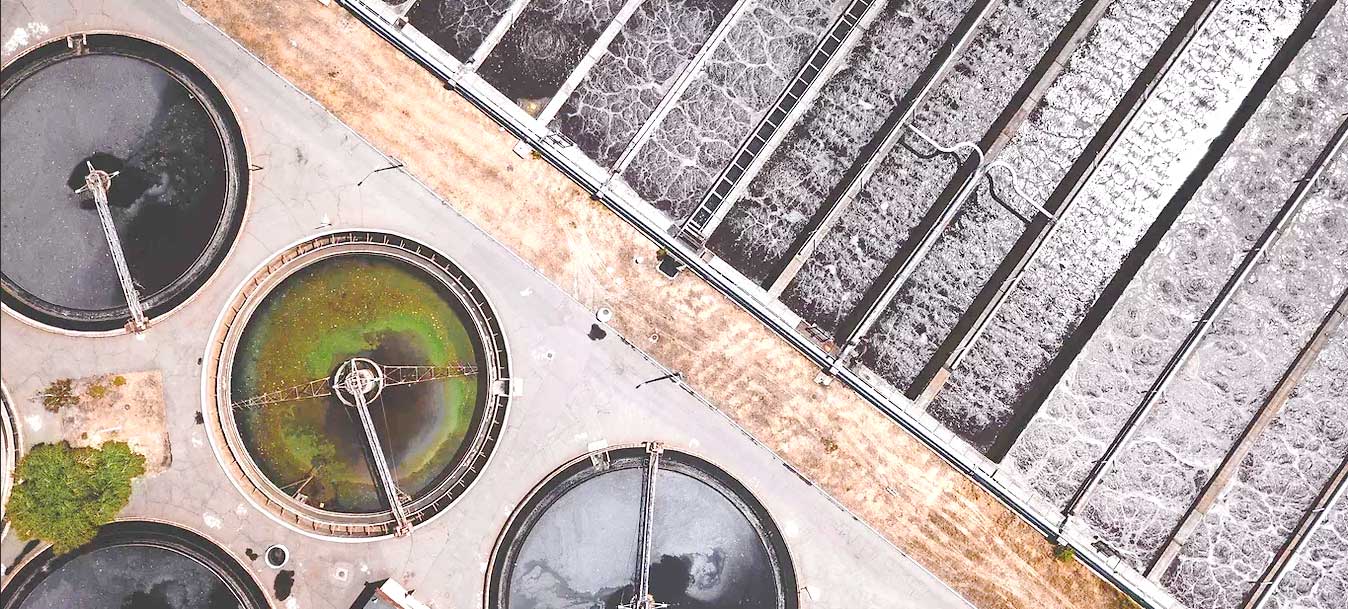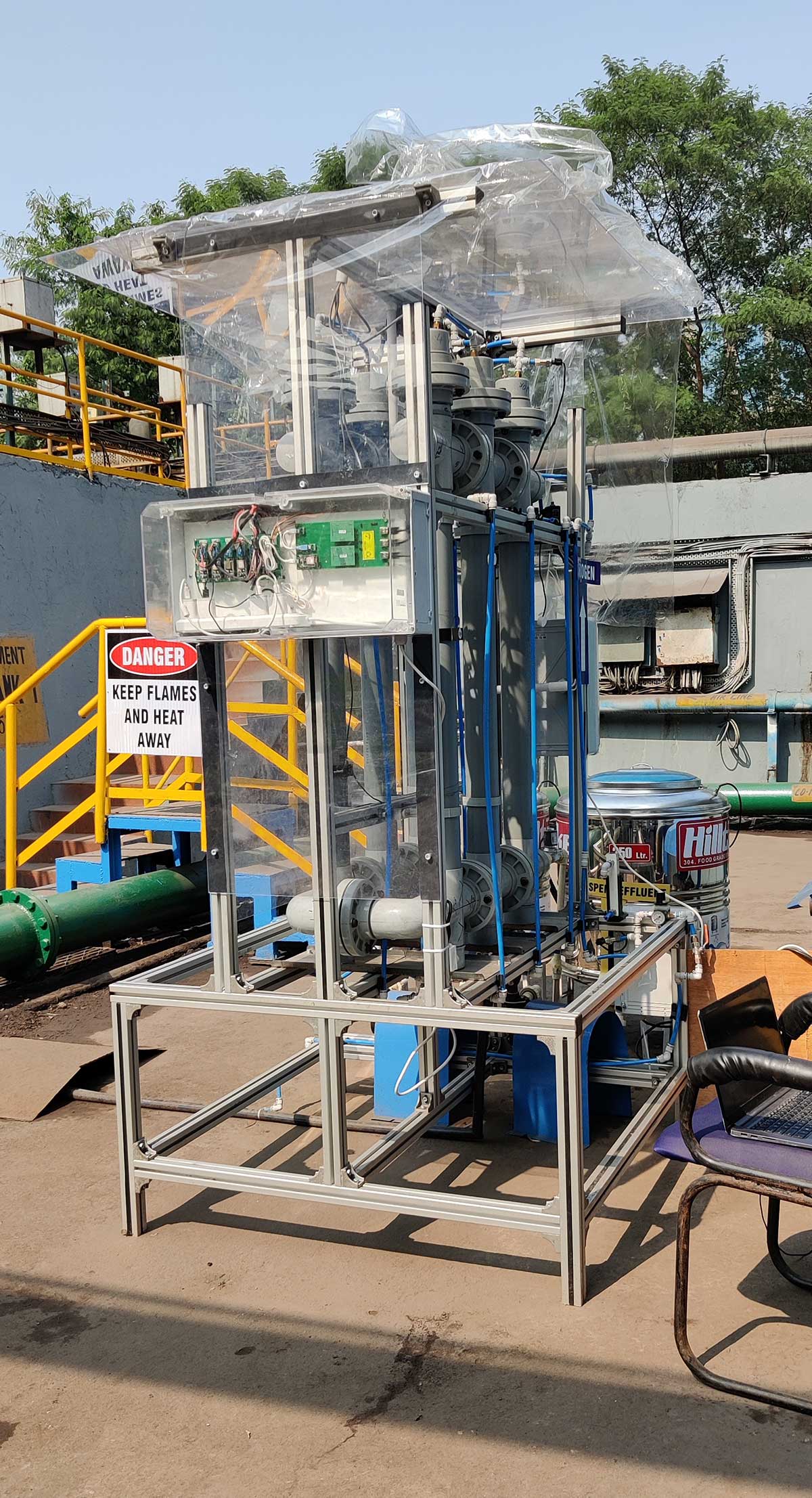
“Nowhere is Safe”, said Sir David King, former UK Chief Scientific Advisor, of the violent heat in Canada, in the July of 2021, when temperatures soared to 48-49 celsius, in the western hemisphere. There is no doubt that the urgency for mitigating the effects of climate change is going to require exponential disruptions to eliminate our reliance on fossil fuels.
One such start-up, developing breakthrough solutions in replacing fossil fuel with hydrogen as a clean energy source is Ossus Biorenewables. The start-up has developed an AI-powered, intelligent bioreactor, the OB HydraCel, which accesses carbon in the wastewater from process industries and supplies these industries with on-demand, on-site hydrogen gas.
Ossus, founded in 2017, is a Bangalore based green hydrogen start-up, directly addressing the need for a carbon-free source of heat in process industries. What differentiates them from others in the clean energy space, is their use of waste carbon as the feedstock for green hydrogen. Typically their technology is directed at the petrochemical, steel, textile, paints, pharmaceutical, fertiliser, ammonia and other chemical industries.
Ossus Biorenewables is among the 12 startups that are part of the sixth edition of Qualcomm Design in India Challenge (QDIC) – an initiative to encourage design houses and product companies to invent useful and innovative hardware products designs incorporating Qualcomm SoC platforms and technologies. The startup is bestowed with the opportunity to convert its design submissions into workable prototypes under the mentorship of industry experts, utilizing the Qualcomm® Innovation Lab infrastructure.
“When we pitched to be a part of QDIC 2021, we were already looking to make a transition from IoT-based automatic to ML-based autonomous control systems for the HydraCel. What Qualcomm did for us, was to exponentially accelerate this transition. By integrating a Qualcomm chip set with inbuilt machine learning capabilities, we could combine the best of biology and artificial intelligence to create a paradigm shift in the hydrogen space. Our bioreactors are now able to intelligently correct for any changes in the wastewater quality at a client’s site and consistently deliver hydrogen gas. QDIC took this one step forward by incentivizing IP filing and we now have two patents filed as a result of our participation in the program. The HydraCel is at the bleeding edge of clean energy and Industry 4.0 and currently producing hydrogen for one of India’s largest steel manufacturers at Jamshedpur.” She states.
We spoke to Dr. Suruchi Rao, the co-founder of Ossus Biorenewables, who explained about the existential crisis of climate change that is pushing the energy transition across the process and manufacturing sectors and driving a market for their technology in India and globally.
Electrolysis of water, simply put, is the splitting of water into its constituent molecules hydrogen and oxygen in dedicated reactors known as electrolyzers. For Ossus believes, there are three key stressors when defining only water splitting and electrolyzers as the source of green hydrogen.
One, splitting a molecule as stable as hydrogen requires extremely high power inputs. Two, is the manufacturing of electrolyzers and the high costs associated with using rare earth metals such as Iridium and Platinum as electrode material. Three, is the use of fresh water or ultra-high purity water for electrolysis, which would cause a resource constraint of enormous proportions. At Ossus, they are mitigating all these stressors via the OB HydraCel device. It is an intelligent green hydrogen reactor which requires as little as 0.76 kWHr for every kilogram of hydrogen it produces, as opposed to the average of 50-55 kWHr required by the best electrolyzers for the same volume. Ossus Biorenewables and their intelligent bioreactor, the OB HydraCel, become game changers, using designer microbes to utilise waste water for hydrogen gas production.
By using sustainable materials as catalysts, without the use of iridium or platinum, Ossus is manufacturing intelligent bioreactors indigenously, which is extremely important for a country like India that aims to meet its target of 10 gigawatts electrolyzer capacity.
“Most importantly, with the OB HydraCel and its ability to tap into wastewater as a feedstock, there is enhanced circularity brought to the green hydrogen economy. By coupling water treatment to the production of green hydrogen, we have reduced the stress on local fresh water resources. Nowhere is this more evident at the moment than in India, with its newly released National Hydrogen Policy”, explains Suruchi.
“We are combining the best of biology and artificial intelligence to create a paradigm shift in the hydrogen space. Our bioreactors are easy to install, unmanned and scaled out, allowing process industries to set up their own pace when it comes to increasing hydrogen capacity at an industrial site. The HydraCel is at the bleeding edge of clean energy and Industry 4.0 and currently producing hydrogen for one of India’s largest steel manufacturers at Jamshedpur,” she adds.
The interdisciplinary team and their principle approaches to tackle their clients’ problems are the reasons for Ossus’ rapid traction across the industry in India. They have now set their eyes on raising funds for expanding exponentially across multiple industries, with several 1000 kg (1 ton) per day installations, in India and then moving to Europe to capture the billion dollar hydrogen market.
For any further information\query you can write to us at Co-innovate@nasscom.in

